The Challenge of Democracy American Government in Global Politics 13th Edition -Test Bank
|
Multiple Choice |
|
1. The development of the Common Core education standards was led by the a. Executive Office of the President. b. National Governors’ Association. c. U.S. Department of Education. d. United Nations Children’s Fund (UNICEF). e. American Association of Educators. ANSWER: b REFERENCES: 87 LEARNING OBJECTIVES: CHDM.JAND.16.4.5 – LO5 NOTES: F |
|
2. Federal government support for the Common Core was a. the chief reason the standards were written. b. required by federal legislation. c. a problem because it created an appearance that the standards threatened state authority. d. irrelevant to the drafting and adoption of the standards. e. not a reason for drafting standards, but was the primary influence on their final form. ANSWER: c REFERENCES: 88 LEARNING OBJECTIVES: CHDM.JAND.16.4.5 – LO5 NOTES: A |
|
3. The basic premise of federalism is that a. supreme executive power derives from a mandate from the masses. b. two or more governments share power and authority over the same land and people. c. supreme political authority remains with the states. d. a national government has sole ultimate sovereignty over a country’s land and people. e. state and local governments may not exercise powers of their own that are independent of the national government. ANSWER: b REFERENCES: 88 LEARNING OBJECTIVES: CHDM.JAND.16.4.1 – LO1 NOTES: C |
|
4. The power to coin money belongs to __________ and the power to grant divorces belongs to _________. a. the states; both the states and the federal government b. both the states and the federal government; the states c. the federal government; the states d. the states; the federal government e. the federal government; both the states and the federal government ANSWER: c REFERENCES: 88 LEARNING OBJECTIVES: CHDM.JAND.16.4.1 – LO1 NOTES: F |
|
5. The constitution expressly gives the federal government the power to _____________ within the states. a. build interstate highways b. establish military bases c. control communications d. create a postal system e. build schools ANSWER: d REFERENCES: 88 LEARNING OBJECTIVES: CHDM.JAND.16.4.1 – LO1 NOTES: F |
|
6. Which of the following is not an essential premise of dual federalism? a. The Constitution is the creation of the people of the United States. b. The national government rules by enumerated powers only. c. The national government has a limited set of constitutional purposes. d. Each government unit, both nation and state, is sovereign within its sphere. e. The relationship between nation and state is best characterized by tension. ANSWER: a REFERENCES: 89 LEARNING OBJECTIVES: CHDM.JAND.16.4.1 – LO1 NOTES: F |
|
7. A proponent of states’ rights and enumerated powers would be more likely to quote the _________ Amendment to the Constitution. a. First b. Eighth c. Tenth d. Fourteenth e. Sixteenth ANSWER: c REFERENCES: 89 LEARNING OBJECTIVES: CHDM.JAND.16.4.1 – LO1 NOTES: C |







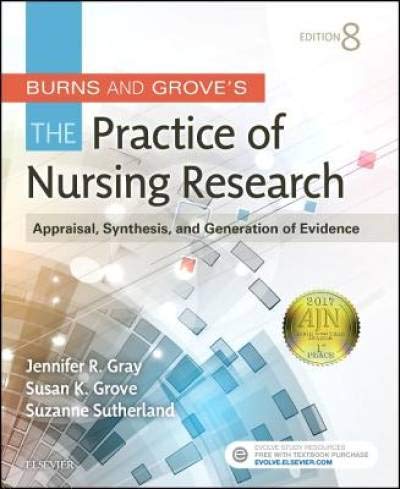
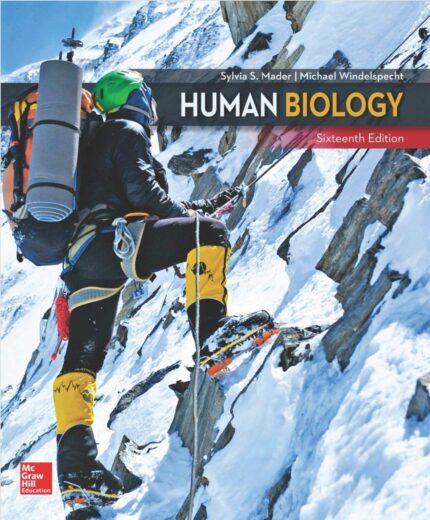
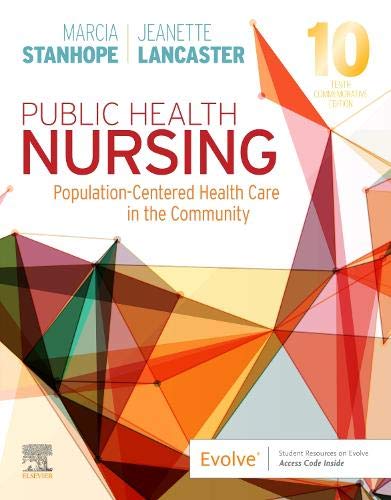
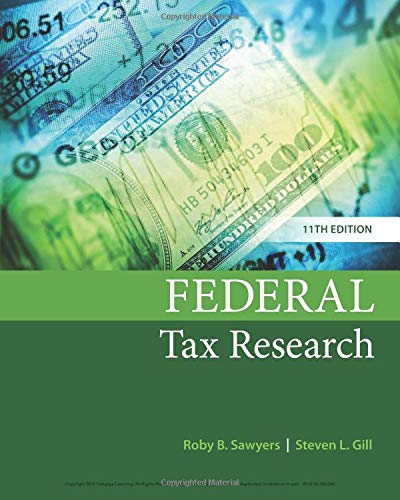

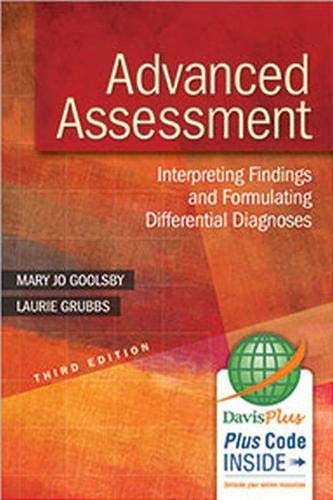

Reviews
There are no reviews yet.